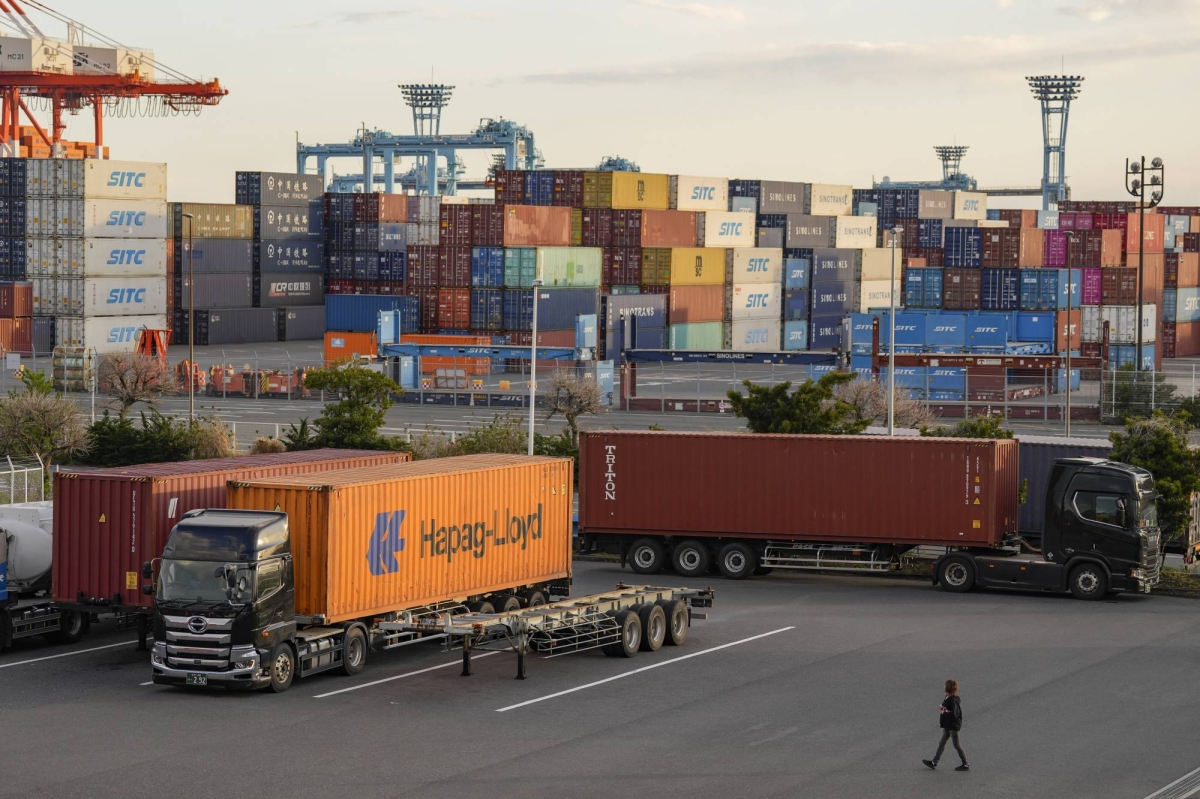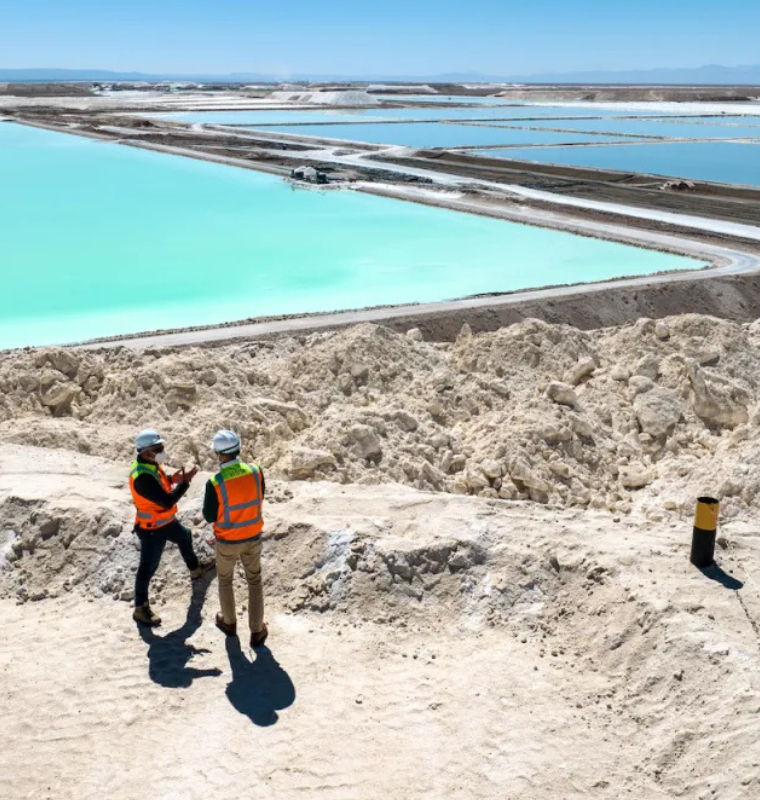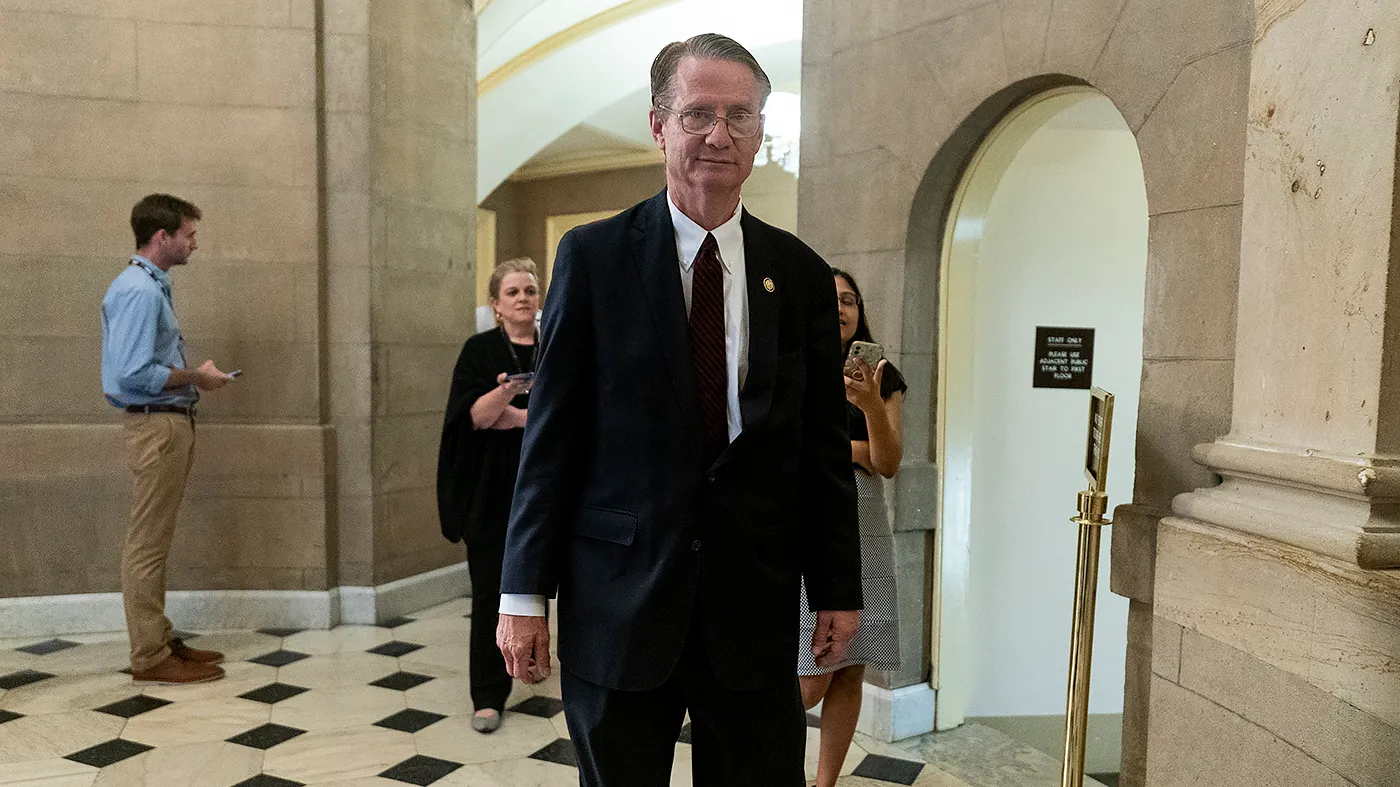Japan’s Exports Tumble for Second Month as U.S. Trade Tensions Escalate
Japan’s Exports Tumble for Second Month as U.S. Trade Tensions Escalate
By
David Goldfarb
Last updated:
July 17, 2025
First Published:
August 3, 2025

Photo: The Japan Times
Japan’s Export Woes Deepen as Tariffs and Trade Deadlock Threaten Economy
Japan’s export-driven economy is under mounting pressure as official data shows exports fell for the second consecutive month in June, declining 0.5% year-over-year. This marks a continued deterioration from May’s 1.7% drop, and it defied expectations of a modest rebound — economists surveyed by Reuters had forecasted a 0.5% increase.
Instead of a recovery, the decline reflects persistent global trade headwinds and a stalled negotiation with the United States over tariffs, which are already impacting key Japanese industries.
U.S. Tariffs Hammer Japan’s Auto Exports
Exports to the United States — Japan’s second-largest trading partner — fell 11.4% compared to June 2023, accelerating from May’s 11% slide. But the sharpest blow was dealt to the automobile sector, which comprises 28.3% of Japan’s total exports in 2024, according to Japan’s Customs Office.
In June:
- Auto exports to the U.S. plunged 26.7% year-over-year, worsening from May’s 24.7% decline
- While vehicle volumes rose by 4.6%, export values fell 25.3%, indicating deep price cuts to stay competitive
- Analysts attribute this to Japanese manufacturers absorbing the full weight of the 25% tariff on Japanese autos, enforced since April 3
“Carmakers appear to be sacrificing margins to retain market share,” said Marcel Thieliant, Head of Asia-Pacific at Capital Economics. “Much of the drop in export value is due to price cuts, compounded by a stronger yen since most of these transactions are invoiced in dollars.”
Trade with China Also Slips
Japan’s struggles aren’t limited to the U.S. market. Exports to China — Japan’s largest trading partner — fell 4.7% year-over-year in June, reflecting slowing Chinese demand and broader weakness across Asia.
With both major markets under strain, Japan’s export sector is now at risk of pulling the entire economy into a technical recession, defined by two consecutive quarters of economic contraction.
Japan’s Q1 GDP already shrank, mainly due to falling exports. A weak Q2 could seal that fate.
U.S. Tariffs Set to Increase on August 1
Adding fuel to the fire, President Donald Trump has confirmed that a 25% “reciprocal tariff” will take effect on Japanese goods on August 1, up from the 24% initially announced on “Liberation Day.”
In a statement on Truth Social on July 1, Trump also criticized Japan’s rice import policy, writing that Japan “won’t take our RICE” despite facing shortages. U.S. rice exports to Japan in 2024 totaled over 350,000 tons, making the U.S. the country’s largest rice supplier.
The tariff standoff has become a flashpoint in broader trade talks that have shown little progress in recent months.
Negotiations in Limbo Ahead of Japan’s Elections
Japan’s chief negotiator Ryosei Akazawa has stated that any agreement must include concessions on auto tariffs, but refused to accept arbitrary deadlines, including the looming August 1 deadline set by Washington.
He also ruled out compromising Japan’s agriculture sector, long protected by government policy and viewed as a political flashpoint ahead of the July 20 Upper House elections. Farmers are a key support base for Prime Minister Shigeru Ishiba’s ruling Liberal Democratic Party, which is at risk of losing its majority, according to a recent Nikkei poll.
Inside Japan’s Strategy Shift — Did It Miscalculate?
Some in Japan believe the country misjudged the seriousness of Trump’s tariff policy. Takeshi Niinami, economic advisor to the Prime Minister and CEO of Suntory Holdings, suggested that rejecting the initial 10% tariff may have backfired.
“From the beginning, Japan didn’t accept even the 10%. We should’ve analyzed that 10% was a baseline,” Niinami said on CNBC’s Squawk Box Asia. “Now we’re facing 25%.”
While Niinami doesn’t believe Japan should accept the 25% tariff outright, he advocates a more flexible posture — such as relaxing non-tariff barriers and broadening agricultural imports — to encourage a deal. However, he acknowledged the political sensitivity of that approach ahead of the election.
“At least before the election day of July 20, Japan must show willingness to settle and agree with the United States,” he warned.
The Road Ahead: More Pain Before Progress?
Japan’s export contraction, tariff escalation, and stalled diplomacy with the U.S. present a complex, high-stakes challenge for Tokyo. With exports accounting for nearly 22% of Japan’s GDP in 2023 (World Bank), any extended disruption could tip the country into a sustained downturn.
Analysts remain divided on the path forward. Some hope post-election momentum could lead to compromise, while others fear entrenched positions on both sides will deepen the standoff.
For now, Japan’s economic trajectory remains clouded by tariffs, trade tensions, and political uncertainty — a volatile mix with global consequences.
Popular articles
Subscribe to unlock premium content
Bolivia How Lithium Mining Policies Are Positioning It as the Next Global EV Battery Hub

Naval Ravikant The Angel Investments That Quietly Made Him a Multimillionaire

Rising From the Rubble Lessons From Billionaires Who Failed 10 Times Before Success

Bolivia How Lithium Mining Policies Are Positioning It as the Next Global EV Battery Hub

Naval Ravikant The Angel Investments That Quietly Made Him a Multimillionaire

Bolivia How Lithium Mining Policies Are Positioning It as the Next Global EV Battery Hub









